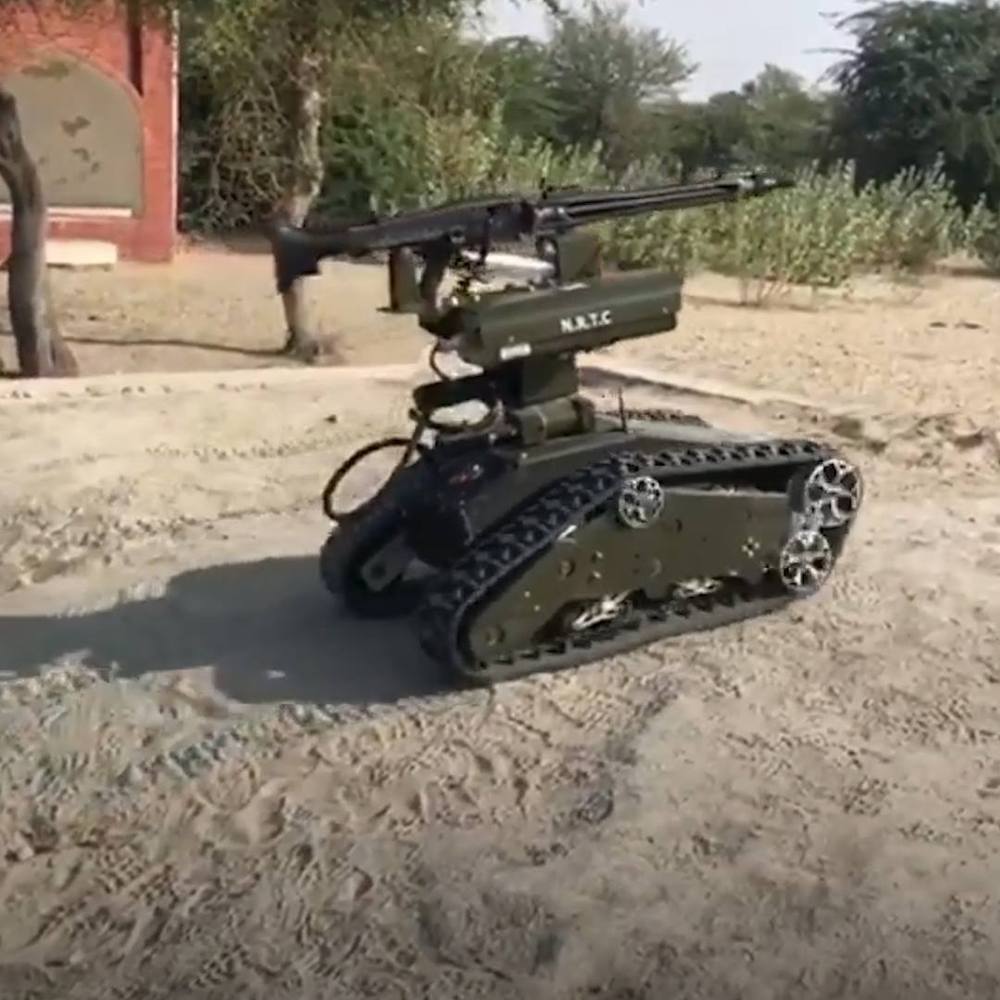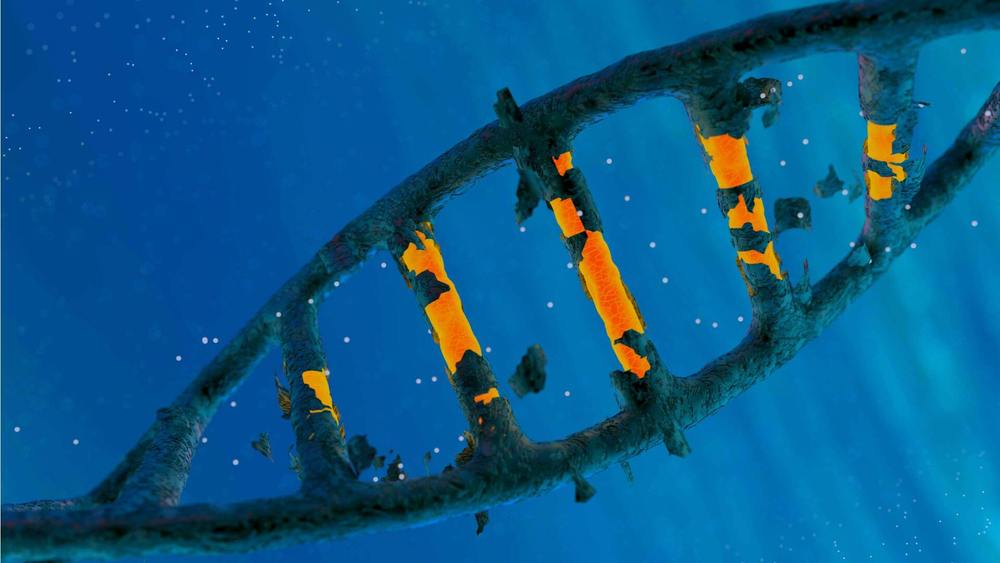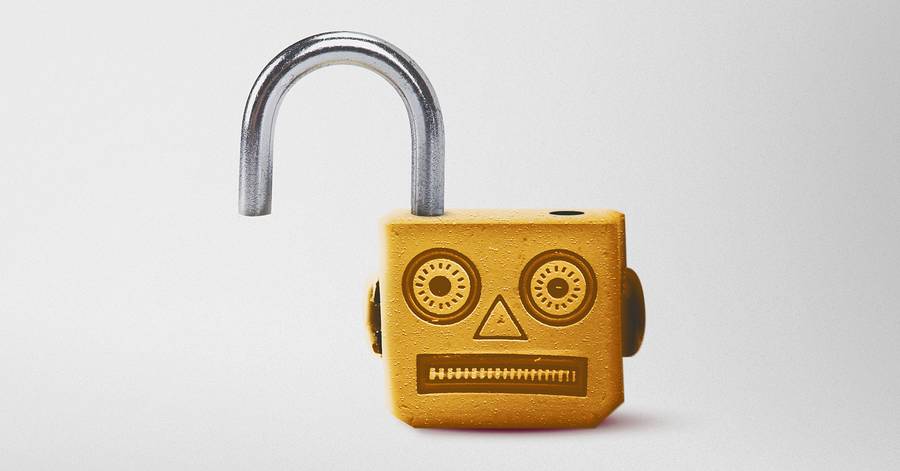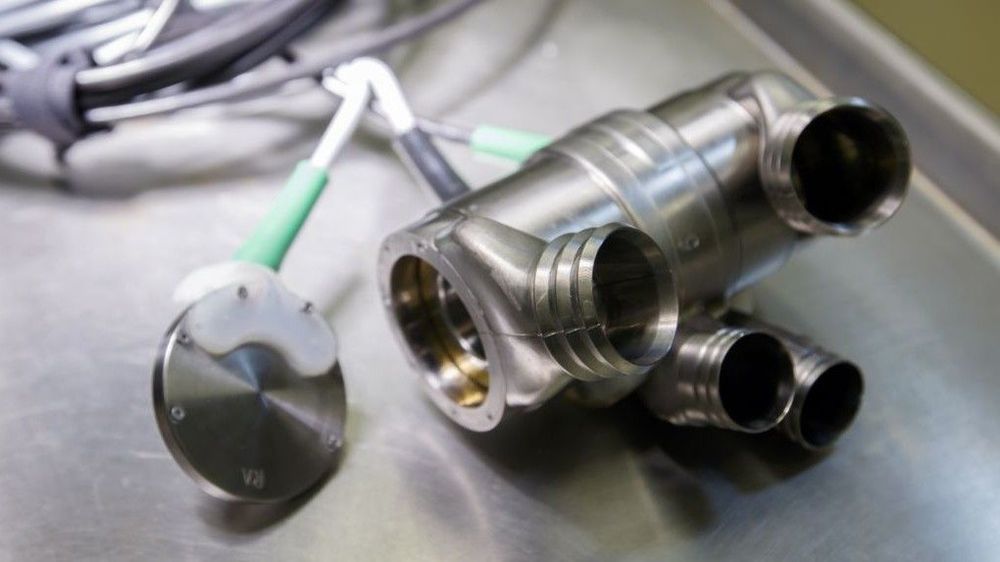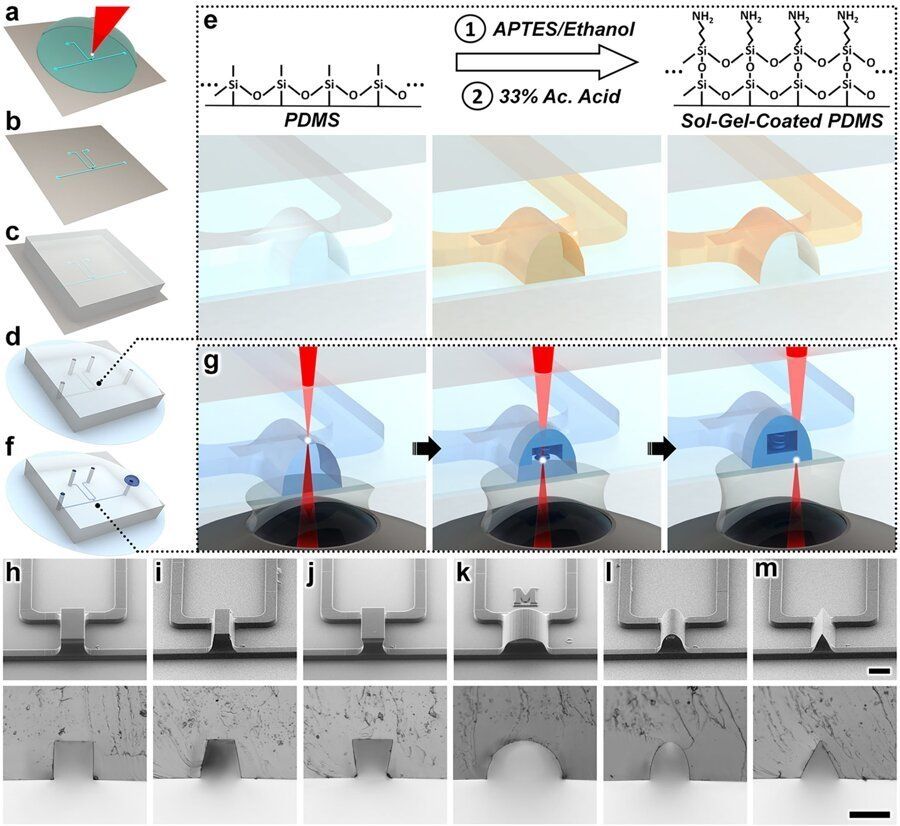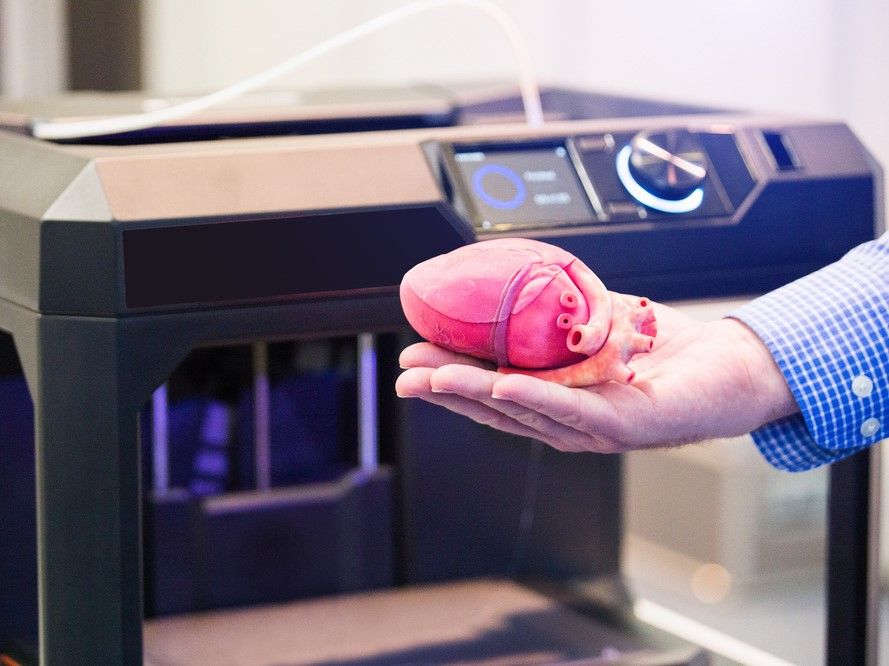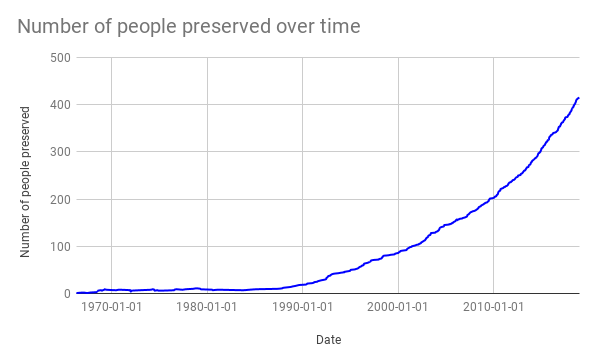Page 8882
Jan 24, 2019
This remote-controlled robot can carry and shoot a mounted machine gun
Posted by Michael Lance in category: robotics/AI
Jan 24, 2019
CRISPR Just Got More Powerful With an “On” Switch
Posted by Ian Hale in categories: biotech/medical, security
ProCas9 is an “extra layer of security” that limits CRISPR’s editing skills to only a subset of cells to ensure accurate cutting.
Jan 24, 2019
For Industrial Robots, Hacking Risks Are On the Rise
Posted by Derick Lee in categories: biotech/medical, cybercrime/malcode, employment, engineering, internet, robotics/AI
In the future, industrial robots may create jobs, boost productivity and spur higher wages. But one thing seems more certain for now: They’re vulnerable to hackers.
Factories, hospitals and other big robot users often lack sufficient levels of defense against a digital attack, according to cybersecurity experts, robot manufacturers and engineering researchers. The risk levels are rising as more robots morph from being offline and isolated to being internet-connected machines, often working alongside humans.
5G promises to make factories a lot smarter. And that means they’ll be a lot more vulnerable.
Continue reading “For Industrial Robots, Hacking Risks Are On the Rise” »
Jan 23, 2019
How the Wiring of Our Brains Shapes Who We Are — with Kevin Mitchell
Posted by Xavier Rosseel in category: neuroscience
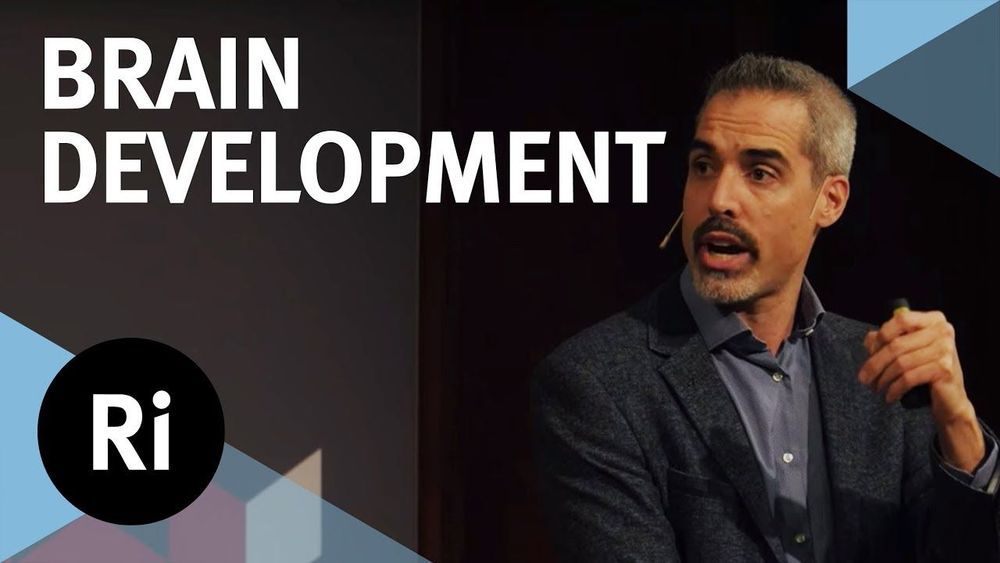
Nature nurture part… One of the better talks I’ve heard so far though lately on the subject. Might even give the book a try. More enjoyable and informative for me than Robert Plomin’s exploits lately, though they are kind of in agreement in some regards.
Jan 23, 2019
A simple artificial heart could permanently replace a failing human one
Posted by Paul Battista in category: biotech/medical
Jan 23, 2019
New 3D nanoprinting strategy opens door to revolution in medicine, robotics
Posted by Paul Battista in categories: 3D printing, biotech/medical, robotics/AI
Engineers at the University of Maryland (UMD) have created the first 3D-printed fluid circuit element so tiny that 10 could rest on the width of a human hair. The diode ensures fluids move in only a single direction—a critical feature for products like implantable devices that release therapies directly into the body.
Jan 23, 2019
Cancer has a biological clock and this drug may keep it from ticking
Posted by Paul Battista in category: biotech/medical
A new drug shows potential to halt cancer cells’ growth by stunting the cells’ biological clock.
The findings from scientists at the USC Michelson Center for Convergent Bioscience and Nagoya University’s Institute of Transformative BioMolecules (ITbM) advance a burgeoning area of research: turning the body’s circadian rhythms against cancer.
Their study, conducted on human kidney cancer cells and on acute myeloid leukemia in mice, was published Jan. 23 in the journal Science Advances.
Continue reading “Cancer has a biological clock and this drug may keep it from ticking” »
Jan 23, 2019
3D printing is changing personalised medicine, finds IDTechEx
Posted by Paul Battista in category: futurism
A new report published by technology research company IDTechEx has found that 3D printing is disrupting the way in which personalised medicine is provided.
Shorter lead times, reduced waste and an opportunity for mass customisation are some of the benefits that 3D printing can offer the medical and dental industry, the firm said.
In the latest IDTechEx Research report, 3D Printing in the Medical and Dental Industry 2019 – 2029, 3D printing in the medical and dental industry is estimated to be worth over $8.1bn by 2029.
Continue reading “3D printing is changing personalised medicine, finds IDTechEx” »
Jan 23, 2019
Timeline of cryonics
Posted by Paul Battista in categories: cryonics, life extension, neuroscience
This is a timeline of cryonics.
Cryonics is the attempt to preserve a human or non-human animal using low-temperature with the hope that partial or complete resuscitation may be possible in the future.
While cryonics is currently the most popular brain preservation method, other methods are being used and developed, notably plastination. This page treats about all brain preservation methods.

